Mutton Bone Soup is a true celebration of traditional Indian cuisine with its aromatic blend of spices and herbs. This cozy, satisfying soup showcases succulent mutton bones infused with onions, tomatoes, ginger, and garlic. The broth is thickened with split pigeon peas, making it dense with nutrients. It can be simmered or pressure-cooked to perfection and can be enjoyed as a warming starter or on its own with some rice to make it a complete meal. It is a hearty, comforting soup that is packed with healing properties, and it is one of the best go-to soups for those days when you are under the weather!
If you are ever in a South Indian nonvegetarian eatery, the Mutton Bone Soup is one of the most pervasive dishes. I always thought it was specific to my home state of Tamil Nadu. I was taken aback when relatives in Southeast Asia and the UK would discuss the merits of different versions of this soup. So spread the dish, as did the diaspora. Nowadays, you can get it in many South Indian restaurants globally, especially the Chettinad restaurants.
What is Mutton Bone Soup?
The South Indian Mutton Bone Soup is essentially a bone broth, enhanced with herbs and spices to make it extremely flavorful and highly nutritious. A simple bone broth is made by boiling down meat bones and the connective tissue. I make the Mutton Bone Soup from lamb or mutton bones, preferably the rib bones (which is why sometimes it’s also called the Rib Bone soup), but quite frankly any bones would do. The key thing is to find bones that are rich in the marrow and also have connective tissue. The Mutton Bone Soup is a combination of rasam, and the simple bone broth makes this dish spectacular to my friends and family, especially when served as a starter.
This Mutton Bone Soup acts as a digestive, similar to the Indian Pepper Rasam, consumed after the meal that helps prevent or recover from colds and flu. The addition of turmeric and garlic with their antioxidative properties promotes general health and speeds metabolism. A 2018 study by the National Institutes of Health found that a spice-rich diet lowered the risk of heart disease.
I have ‘spiced down’ this dish so that it does not carry the heat of what is served in South India, nevertheless, it possesses sufficient nutrient and flavor profiles. When my kids were growing up, I would serve this dish at least two to three times a year, just before and after the flu season to maintain their general health.
Benefits of Mutton Bone Soup:
- Bone broth is incredibly rich in minerals such as calcium, magnesium, potassium, and phosphorous, which are important in building and reinforcing your skeletal structure. The connective tissue contains glucosamine and chondroitin which help support your cartilage and joint health.
- The marrow in the bone contains vitamin A, and vitamin K2, as well as zinc, iron, boron, manganese, and selenium. They are also rich in omega-3 and omega-6 fatty acids.
- The gelatin in the bones supports a healthy gut that reduces irritable bowel syndrome, ulcers, and inflammatory bowel disorders.
- The amino acids (glycine and arginine) in the bone broth can help fight inflammation.
- Bone broth is high in unprocessed collagen that promotes skin elasticity and healthy joints.
Frequently Asked Questions:
- What is the difference between coriander and cilantro?
Coriander is the plant seed and cilantro refers to the leaf. In contrast, cilantro is beloved by many and others who hate it because it tastes soapy. Would it surprise you that this issue is genetic? The variation in a group of olfactory-receptor genes causes them to perceive the soapy-flavored aldehydes in cilantro leaves.
2. Are curry leaves and curry powder the same?
The curry leaf is a herb. Native to India, the curry leaves are a part of the citrus family. Their leaves are glossy green, and they have a very powerful aroma, reminiscent of a lemon leaf that has been crossed with a mint and basil. The citrusy fragrance complements their natural bittersweet taste. While there are many ways to cook curry leaves, they are often fried in oil as a tempering to release their flavor into the dish.
Curry leaves are versatile herbs that have antioxidants that protect your body by reducing oxidative stress and reducing free radicals. Curry leaves also help lower cholesterol and triglyceride levels, while also showing some promise of anti-cancer properties. New research shows promise that curry leaves can help remediate neurological diseases such as Alzheimer’s. Like most citrus-based herbs, curry leaves also can possess antibacterial, antidiabetic, pain-relieving, and anti-inflammatory effects.
The curry powder, on the other hand, is a blend of ground spices such as seeds (coriander, fennel, etc.), cinnamon, cloves, and anise, amongst other things. There are several hundred combinations of curry powder, and no two brands taste identical.
3. What is the thor or toor dhal?
The humble split pigeon pea (toor dal) has ancient roots and is an essential and staple part of the Indian diet and its rich Ayurvedic traditions. This lentil is a rich source of proteins, carbohydrates, and dietary fiber. Its high composition of iron and calcium provides both blood and bone benefits, while the fibrous promotes healthy digestion, supports weight loss, and reduces LDL cholesterol. Additionally, this lentil is chockful of minerals such as magnesium, manganese, phosphorus, potassium, sodium, and zinc which aid in physical and mental well-being.
4. What are some of the variations for the Mutton Bone Soup?
This recipe is also known as Elambu soup in Tamil Nadu. The recipe was meant to be made with ribs (markandam) or bones with marrow. I have tried other variations using the following:
- Any part of lamb with bones
- Chicken with bones such as thighs, drumsticks, or wings
5. What parts of the goat can I use for this Mutton Bone Soup?
- Ribs
- Leg bones
- Bones with marrow
- Chop pieces
- Shoulder blade
If you’ve tried this recipe or have questions, I would love to hear from you. Please feel free to share (below) your thoughts, comments, or any questions that you might have. And if you like my recipes, you could subscribe to my mailing list for the latest recipes that will be delivered to your inbox. From my pen to your table, Bon Appetit!
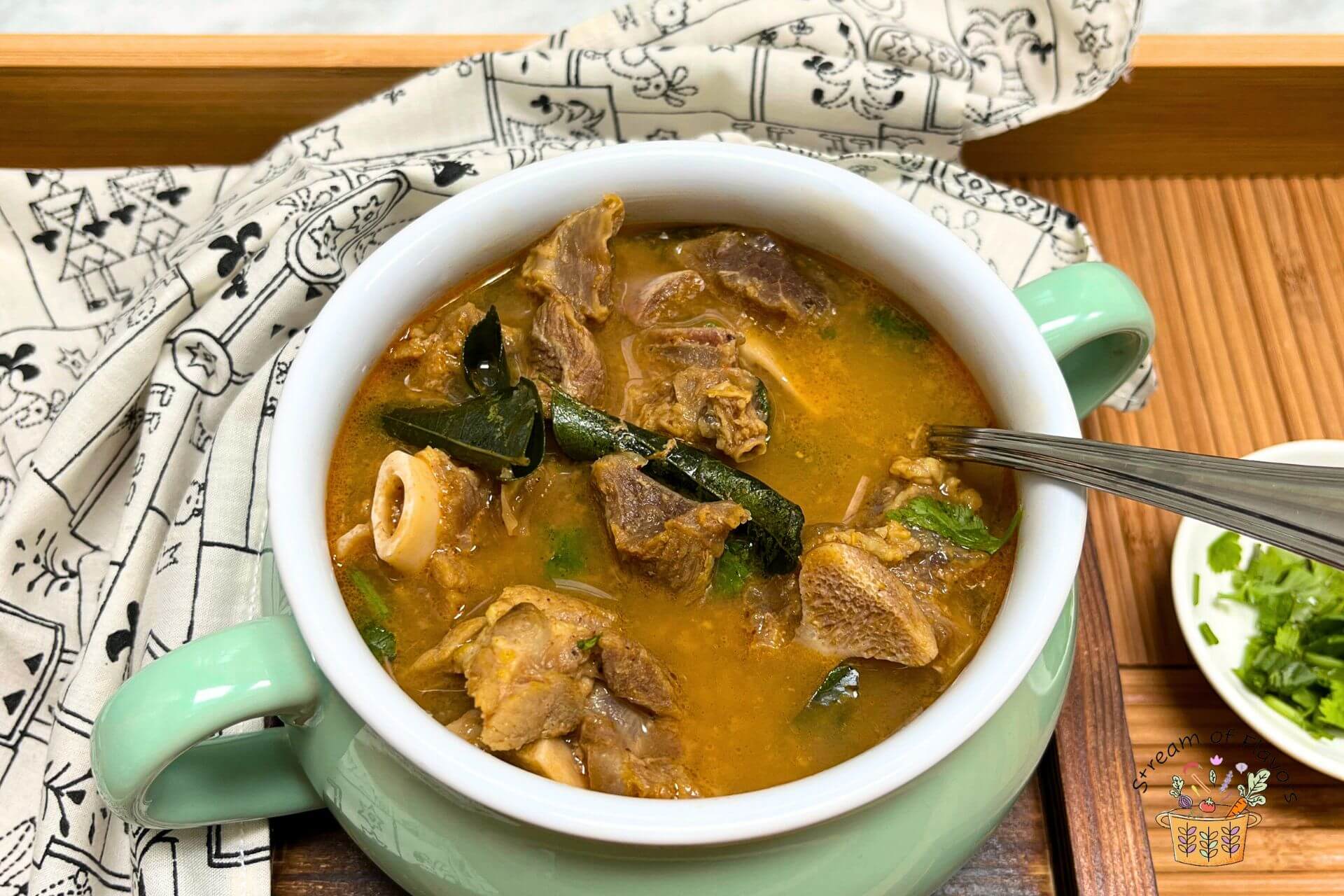
Ingredients:
For the spice mixture:
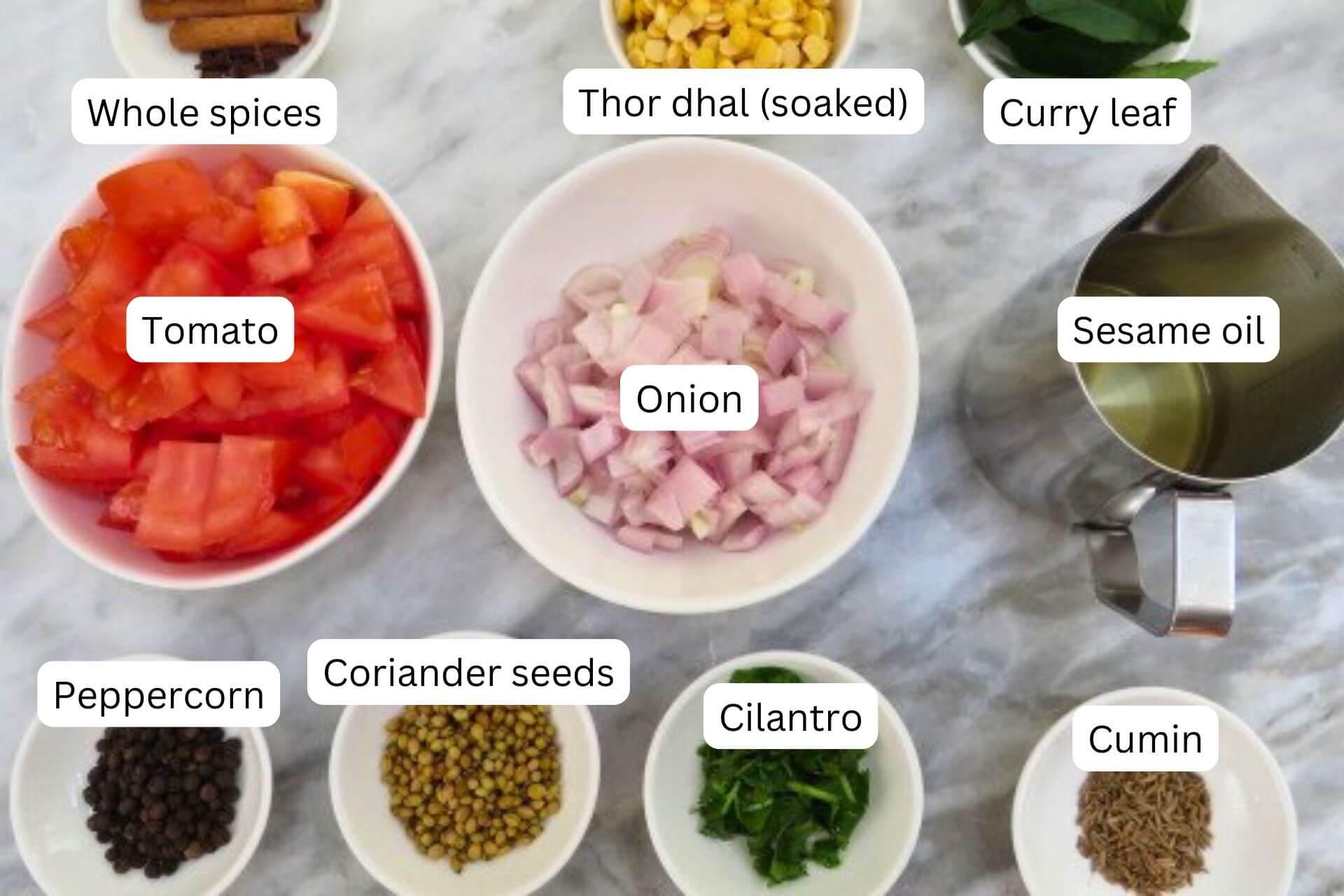
For preparing the mutton bone soup:
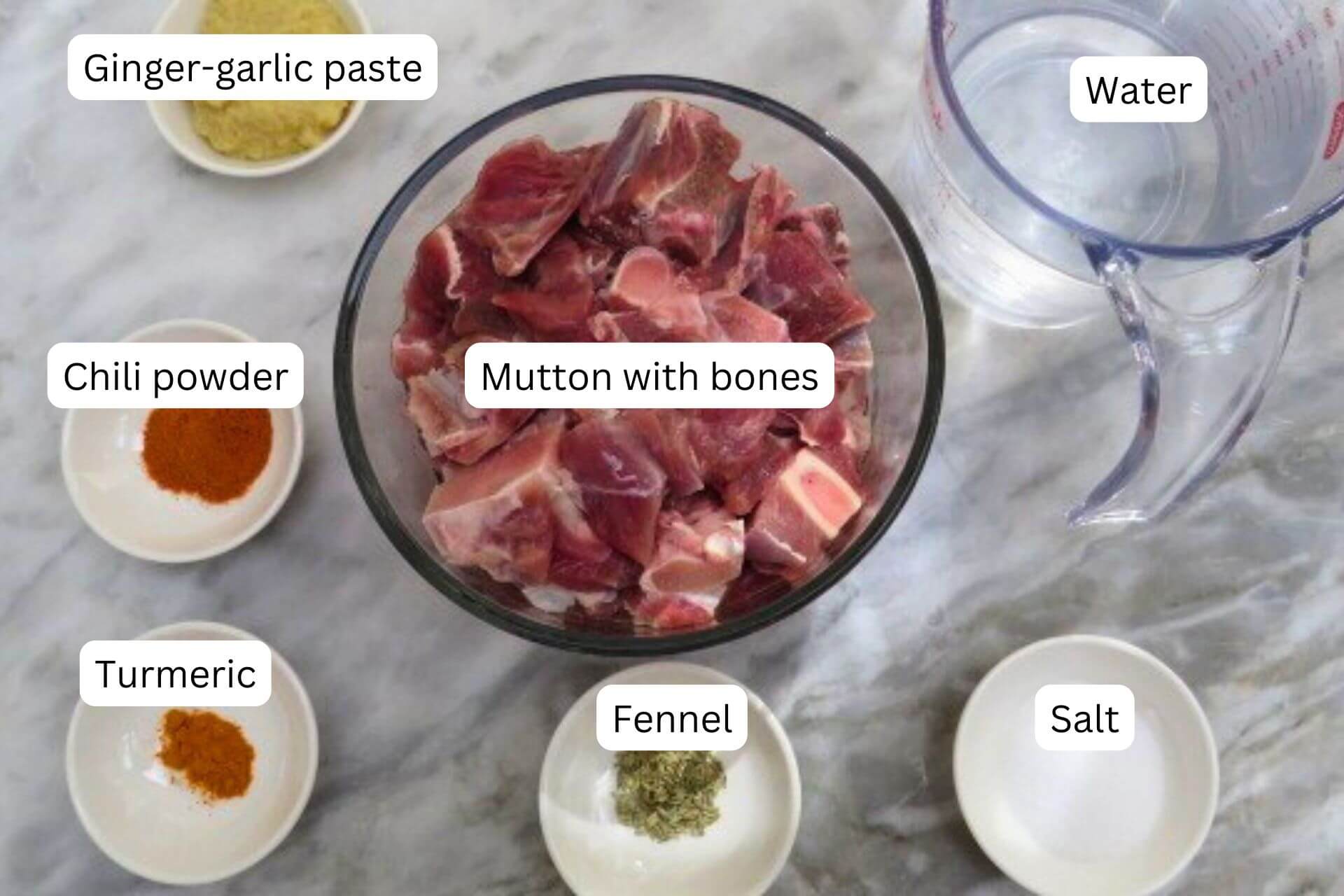
How to make the Mutton Bone Soup:
- Heat half a teaspoon of sesame oil on medium heat in a pan and roast the coriander seeds and peppercorns for a minute or until fragrant, taking care not to burn the seeds. Add the soaked thor dhal (without the water ), cinnamon, and cloves, and roast for a few seconds. Turn off the heat. Cool and dry grind them in a spice blender.
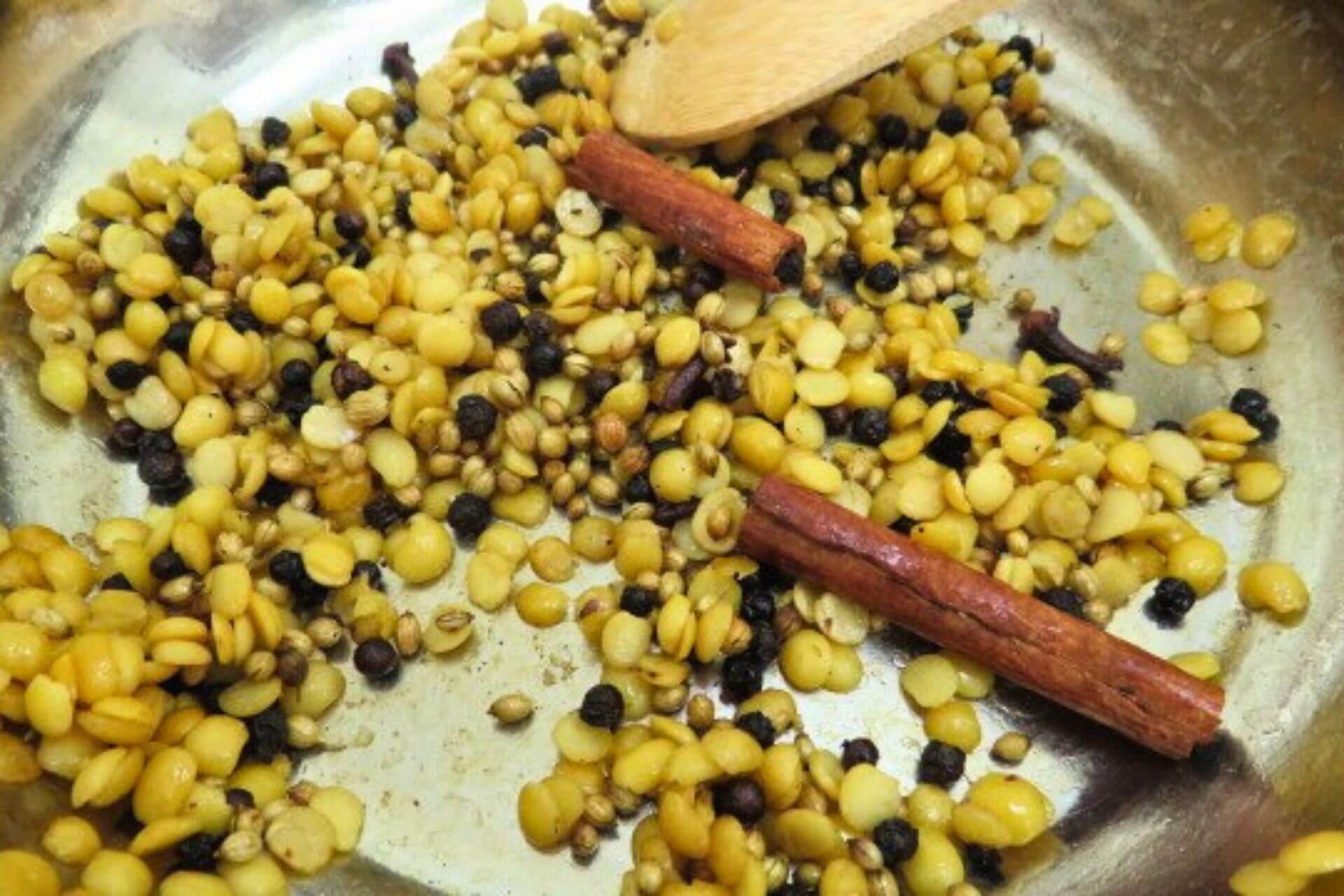
- Heat a teaspoon of sesame oil in the same pan, and sauté the onion for 2 minutes. Then, add the tomatoes and sauté for 2 minutes on medium heat. Add the garlic and sauté for another minute and turn off the heat. Cool and grind to a smooth mixture.
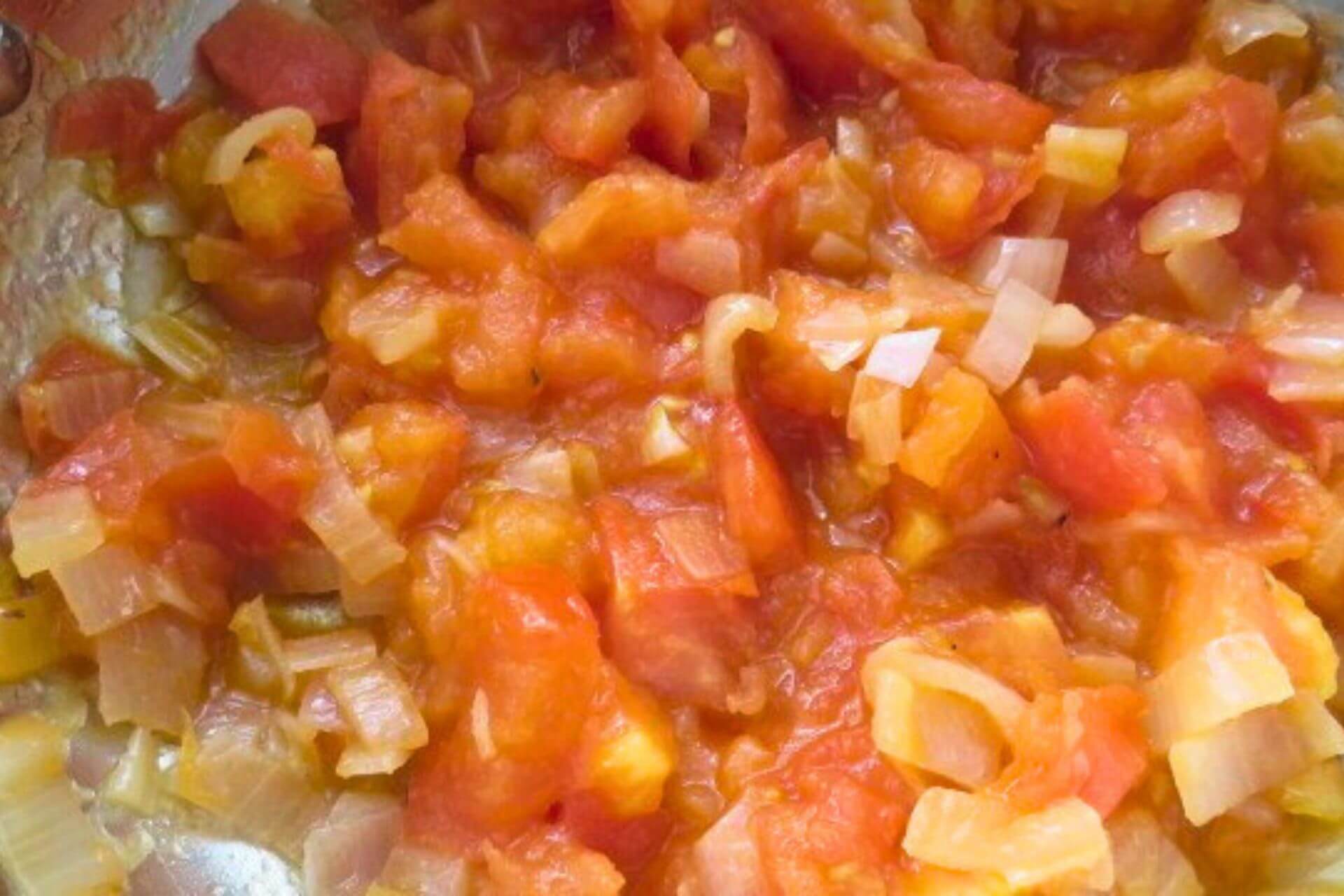
- Marinate the mutton bones with the ingredients for the marinade. Cook the mutton bones for 2-3 whistles in a pressure cooker or up to the highest mark. Once the pressure has released naturally, open the pressure cooker and turn it on. Add the pigeon pea-spice paste and the onion-tomato mixture and cook for 5-10 minutes with salt. Heat half a teaspoon of sesame oil and temper with cumin seeds and curry leaves. Add the tempering to the soup.
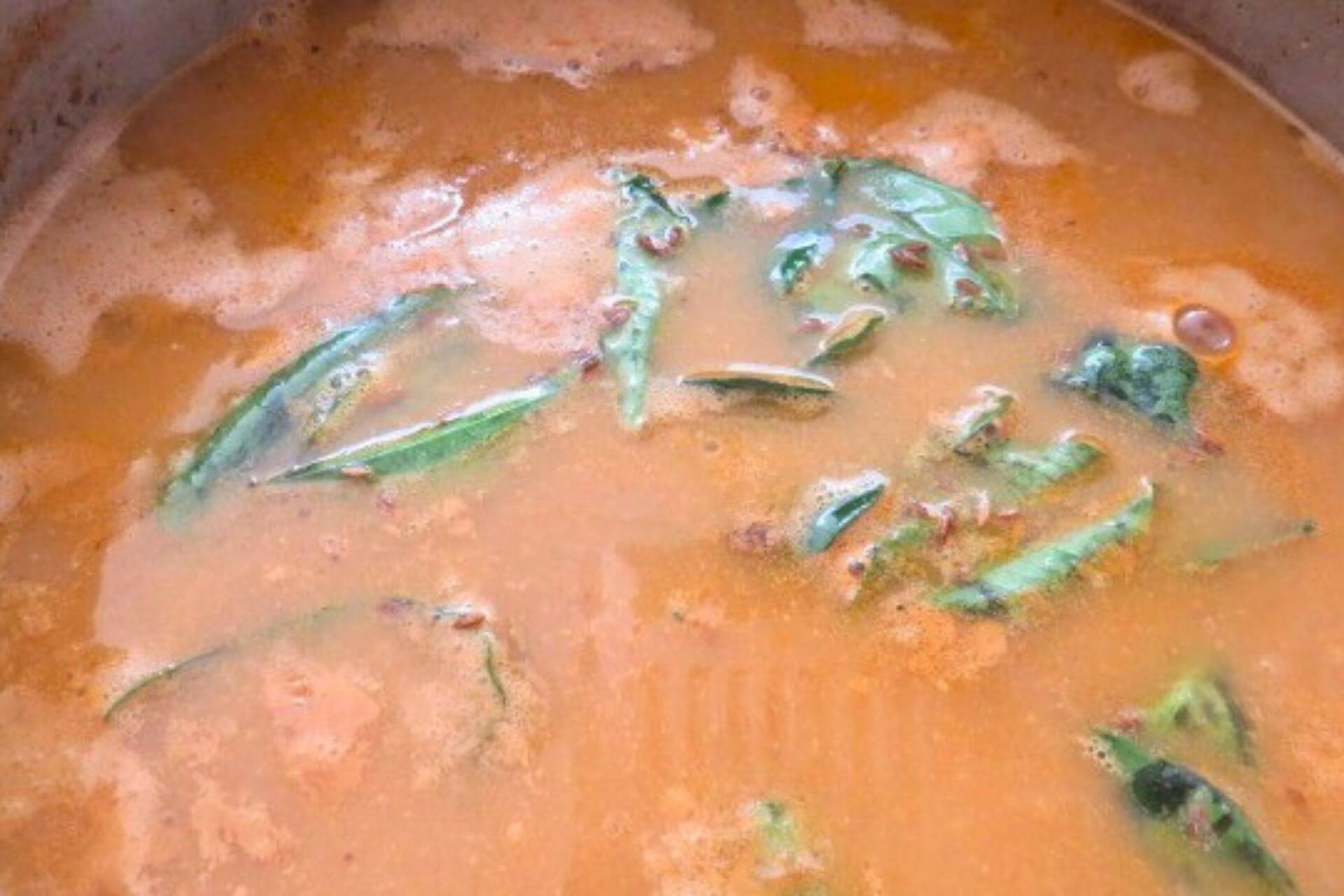
- Garnish with cilantro leaves. Serve hot with rice or bread.
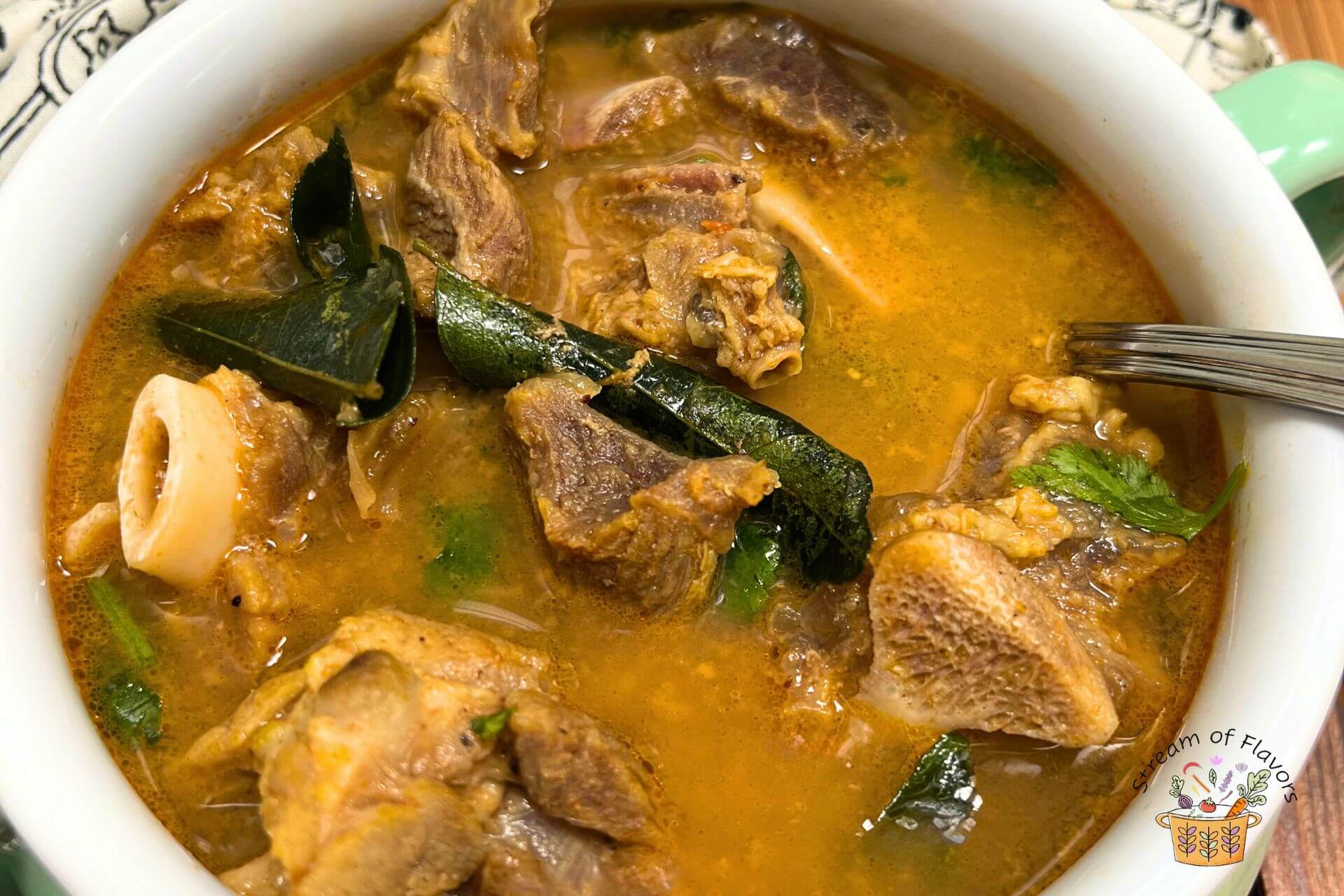
1. Bone-in mutton and/or ribs are perfect for this recipe. Boneless mutton will not taste the same.
2. Trim the fat from the bones but leave the meat and some skin on as it will release flavors during cooking.
Serving suggestions:
Mutton Bone Soup is served hot as a starter before serving Dum Biriyani or mixed with rice.
Storage:
This Mutton Bone Soup tastes great when it is freshly made. However, you could refrigerate for 2-3 days or freeze in an airtight box for 2-3 months.
Other lamb/goat recipes that you might like:
Mutton Bone Soup
Equipment
- Pressure cooker
Ingredients
For the marinade:
- 1½ lb mutton (leg with bones) fat trimmed
- ½ tsp turmeric powder
- 1½ tbsp ginger-garlic paste
- 1 tsp red chili powder
- ½ tsp fennel seed
- 1 tsp salt
- 6 cup water
For the spice paste:
- 1 tsp sesame oil
- 1 tbsp black peppercorn
- 1 tbsp coriander seed
- 1 tbsp thor dhal (soaked) (yellow split pigeon peas)
- 1 stick cinnamon
- 6 clove
For the Mutton bone soup:
- 1½ tsp sesame oil
- 1 onion sliced
- 1 tomato chopped
- 3 clove garlic
- 1½ tsp salt
- 5 sprig cilantro
- 1 tsp cumin seed for tempering
- 2 sprigs curry leaf for tempering
Instructions
How to make the Mutton Bone Soup:
- Prepare the ingredients for the spice mixture.
- Trim the fat and chop the mutton. Mix the ingredients for the marinade. Marinate the mutton for at least 15 minutes. Pressure cook the marinated mutton with water for 3 whistles or the highest line on the pressure cooker without a whistle.
- Heat the sesame oil on medium heat in a pan and roast the coriander seeds and peppercorns for a minute or until fragrant, taking care not to burn the seeds. Add the soaked thor dhal (without the water), cinnamon, and cloves, and roast for a few seconds. Turn off the heat. Cool and dry grind them in a spice blender.
- Heat a teaspoon of sesame oil in the same pan, and sauté the onion for 2 minutes. Then, add the tomatoes and saute for 2 minutes on medium heat. Add the garlic and sauté for another minute and turn off the heat. Cool and grind to a smooth mixture.
- Open the pressure cooker and turn it on (once the pressure has gone down). Add the spice paste and the onion-tomato mixture and cook for 5-10 minutes with salt. Heat half a teaspoon of sesame oil and temper with cumin seeds and curry leaves. Add the tempering to the soup.
- Garnish with cilantro leaves. Serve hot with rice or bread.
Notes
- If using a slow cooker, grind the spices and the onion-tomato and add to the mutton marinade with water. Slow cook for 6-8 hours.
- If using an Instant Pot, add the spice mixture and the onion-tomato mixture to the mutton marinade and water. Use the 'pressure cook' and cook on high. Allow the pressure to release slowly and garnish with cilantro.
Nutrition


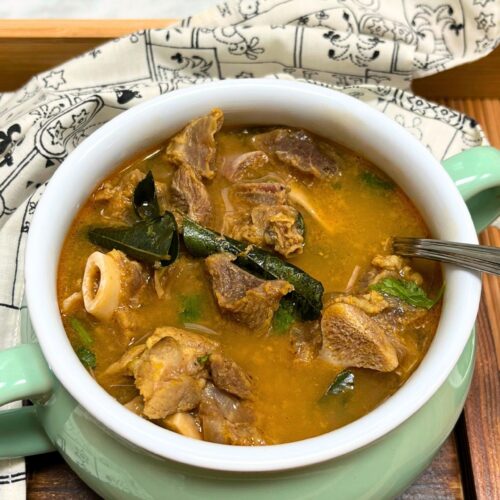

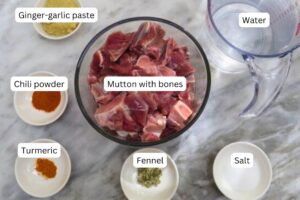
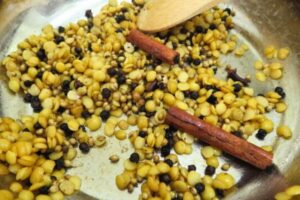
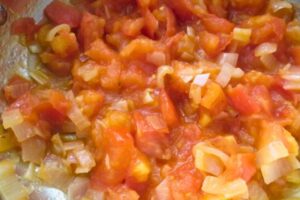
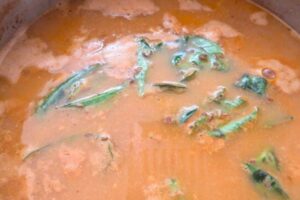
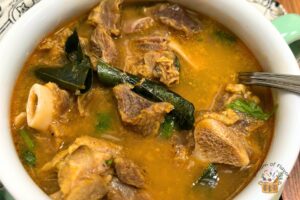




















The recipe tasted so flavorful! Excellent spice paste proportion – highly recommend!
Ishani, I too love this recipe – it has never failed me. Thank you!
Delicious!
Best,
Ram
This recipe is SO close to how my mom used to make it back in India. It’s not like the low meat content and somewhat fatty version that we get Anjappar. I get to make it home now and so I’m thankful to you for publishing it.
That is wonderful, thank you again!